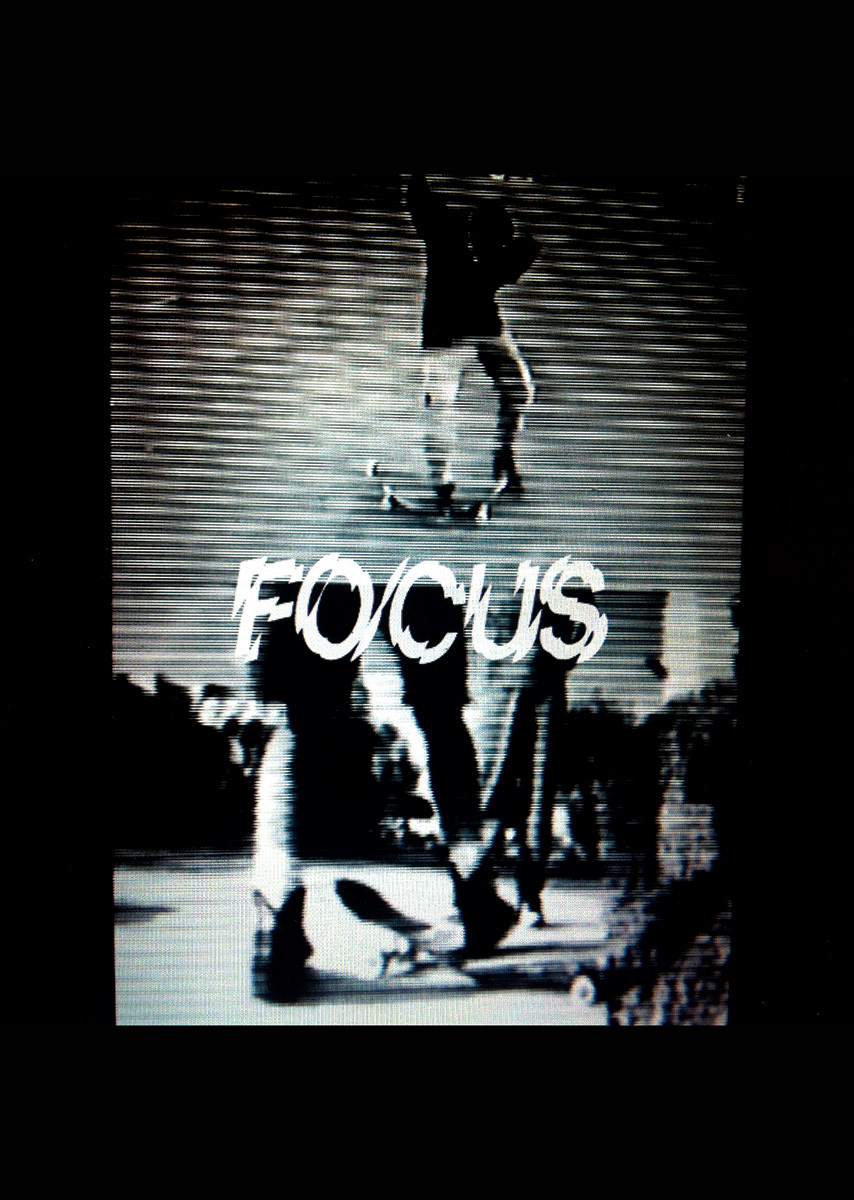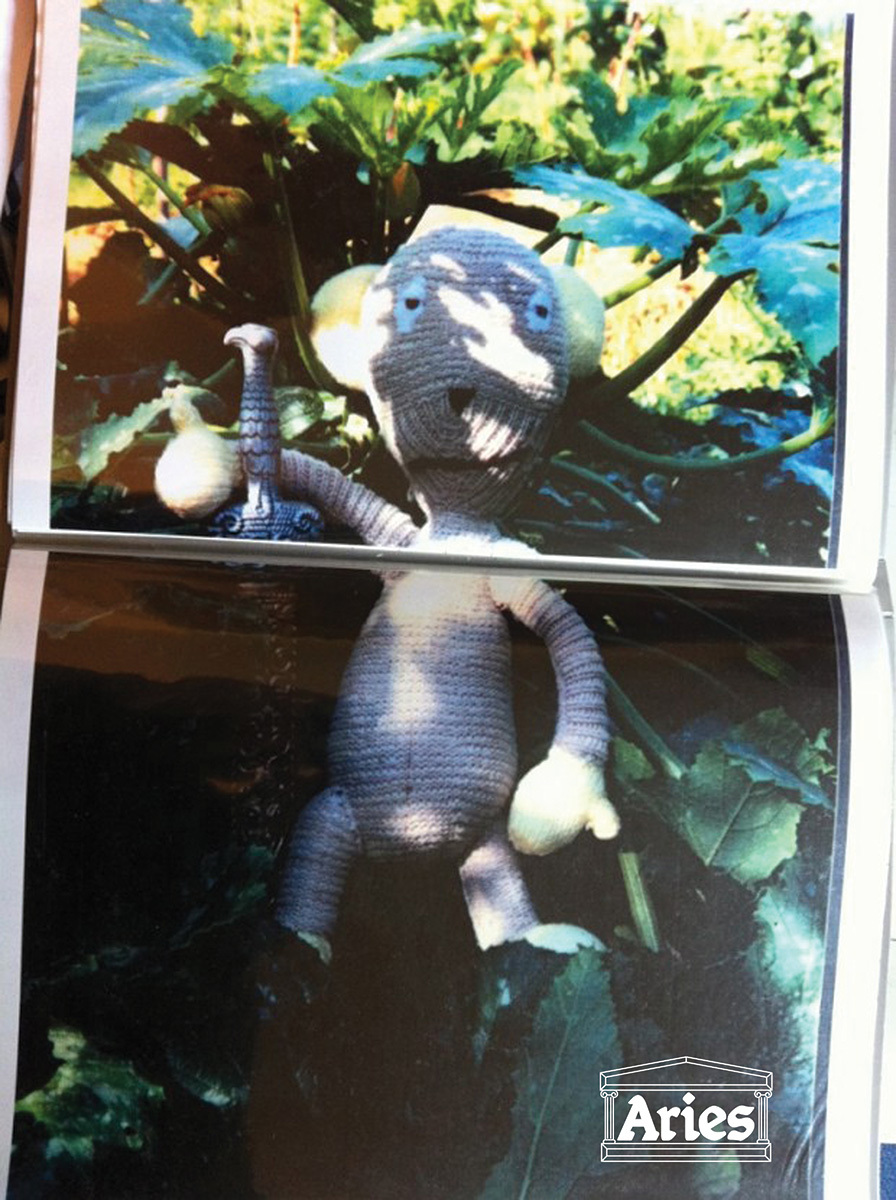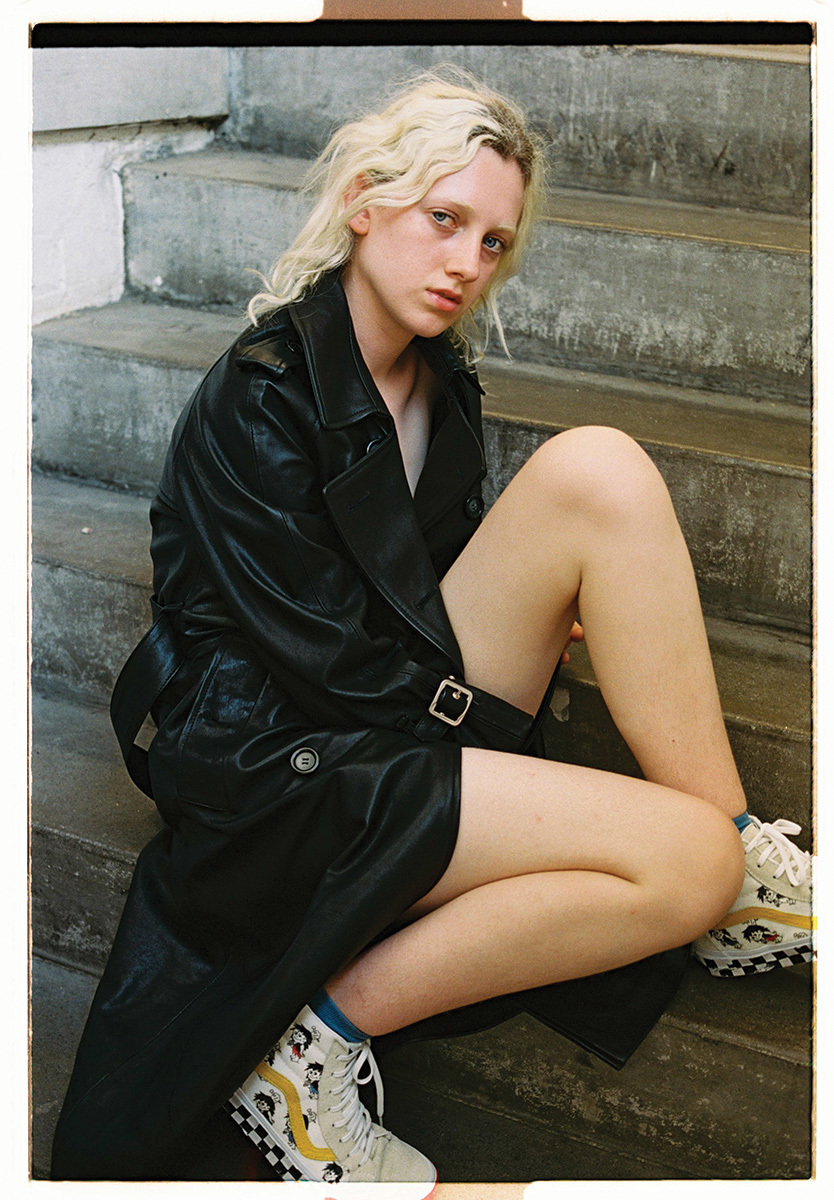Italian-born English-based Sofia Prantera is the renegade brain behind cult womenswear streetwear brand Aries. After moving to London from Rome to study fashion at Central St Martins in the mid-90s, Sofia embraced rave culture — where traditional fashion was slightly unfashionable. Her graduate collection referenced plain and minimal brands like Romeo Gili and Giorgio Armani, but after leaving CSM, Sofia founded the cult streetwear labels Holmes, and then Silas, where she met graphic designer Fergus Purcell. Five years ago she and Purcell formed Aries, and brought about for a desire for well-made streetwear for cool girls with an eye for detail.
Hi Sofia! Why do you think that streetwear feels so relevant right now?
It feels like it’s a similar time right now as it was back in the 90s, because fashion feels slightly irrelevant. High fashion feels irrelevant to young people because it is so expensive. And there was a recession then like there is now. When I was at college I had been going to raves like Shoom a lot, and hanging out at the shop World — which was part of the whole Kinky Gerlinky scene. But rave was the scene I was into. When I graduated, the idea of sportswear felt quite underground.
I think streetwear has always been synonymous with subcultures.
Yeah, that’s because it is affordable and achievable. I did my final degree on Stone Island and interviewed Massimo Osti. I love all those boys clothes. Stone Island and Patagonia have always been big points of reference for my work. My womenswear is always quite menswear orientated. I wish there was a Stone Island type thing available for women, even now.
It’s interesting you say that because I think there is a strong sensuality to what you do.
Aries was never just about appropriating menswear ideas and making them for girls. It’s about mixing things up. I always like the idea of a clash, the same way a stylist might work, putting two things together even though they feel like they would clash. Not everyone understands that recipe. British stylists are a massive inspiration on what I do, it’s like, “What can I throw in to subvert this picture?” In Europe, stylists are much more about what makes sense. I’m interested in what doesn’t make sense, that’s what I like.

Do you wear anything apart from Aries?
No! [laughs] not anymore. I tend to wear what I make! I buy shoes. I think Vetements has done some really interesting clothes that are sartorial but still commercial. What Demna has done is brave and very smart.
Do you do lots of your work here in-house?
Yeah we try. We try and commercialize the work we do and the ideas we have, and get factories to learn about processes, but it’s very difficult when your orders are small. We work with very small laboratories. Even when its not done in-house, it’s still done by hand.
I love the attention to detail in your clothes, I think subtleties can get lost in mass production.
Yes, that’s exactly it — you put your finger exactly on it. I always felt in the mid-late 00s streetwear became a dirty word. When I started Aries in 2011 people were like “why?” and it wasn’t because people weren’t wearing streetwear. It was just because of the way it was made and compromised. It was lowest common denominator and there was very little attention to differences. People moved away from it because it felt rinsed and tired and rehashed. When I looked at the market again, I knew I still wanted to make casual wear, but I wanted to make it interesting, more desirable, more beautiful.
Tell me about the people you collaborate with creatively, like Fergus Purcell (who also does graphics for Palace and Ashley Williams) and Claire Shilland (photographer) and Michele Rafferty (stylist). Would you be able to do what you do without all those components?
No. I need to work with people; my main inspiration comes from working with people. My main reason to do what I do is to have contact with people. I love working with people.
I think the pictures you make with Clare and Michele are so brilliant because you make style look effortless.
I read a comment on Instagram someone from a young independent magazine had said “Aries is the label you love to love! And love to hate. You hate it because it’s so simple!” It is about the girls we shoot, it’s a feeling. It’s not overtly sexual, but still beautiful and sensual without knowing it. Vivienne Westwood has been a master at doing that in the past, but lots of brands don’t work that way. She was actually a huge influence on what I did back in the day.

There is always a really lovely nostalgia about the images you use.
That’s Ferg. He loves an American reference or a punk band reference. We are a bit older so there is a lot to draw from. Referencing old vintage graphics has always been a thing for me. I did that at Silas too.
How do Silas and Aries differ?
Well the work process differs a lot. Silas was about mass production and discovering what production really meant. And it was interesting for me to learn about how you get things made. Slam City Skates was an amazing hub and gave me masses of freedom and resources. I had just come out of college and partnered up with this distribution business who developed all these big American brands (X LARGE, X GIRL). That was all going on, the Beastie Boys were coming in, it was a really fun time. They enabled me. But me and my business parter Russ realized we could do something on our own so we moved on.
So what happened?
I got pregnant with my second kid and we got to a point where it felt good to stop. In 2007 we sold the company and gave everyone a year’s salary. It was pretty incredible — everyone can have a year off! It felt sad but it was a good time to wind it down and then someone came along and bought it, which was the cherry on the cake.
How do you make choices about things? Do you wake up in the middle of the night and think there isn’t enough color?
No, [laughs] there is probably too much color. We have a weird working process which might have to change, everything is largely instinctive. Aries is really process-driven. At Silas it would be like “I want one of these — who can I find to make me one of these for the best price in the best possible way?” Now I work backwards almost, I take the sweatshirt and dye it in the machine and color it and cut it this way and see what comes out. And then you have to get factories to copy it. I’m learning on the job all the time. I’m studying what process means. All of a sudden it has become possible to draw something on a bit of paper, send it to China, and get something back, but you loose fit and cut. I’m a perfectionist. I don’t want something with a wonky armhole.
Credits
Text Richard Sloan
